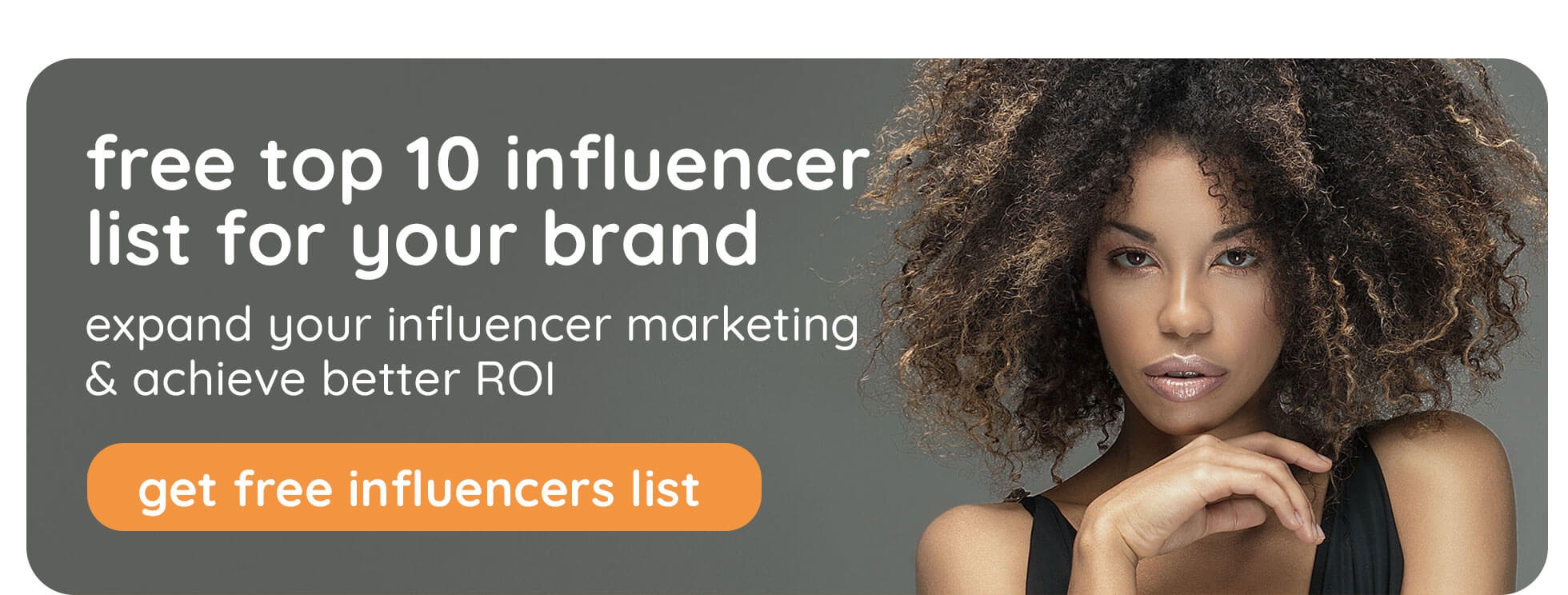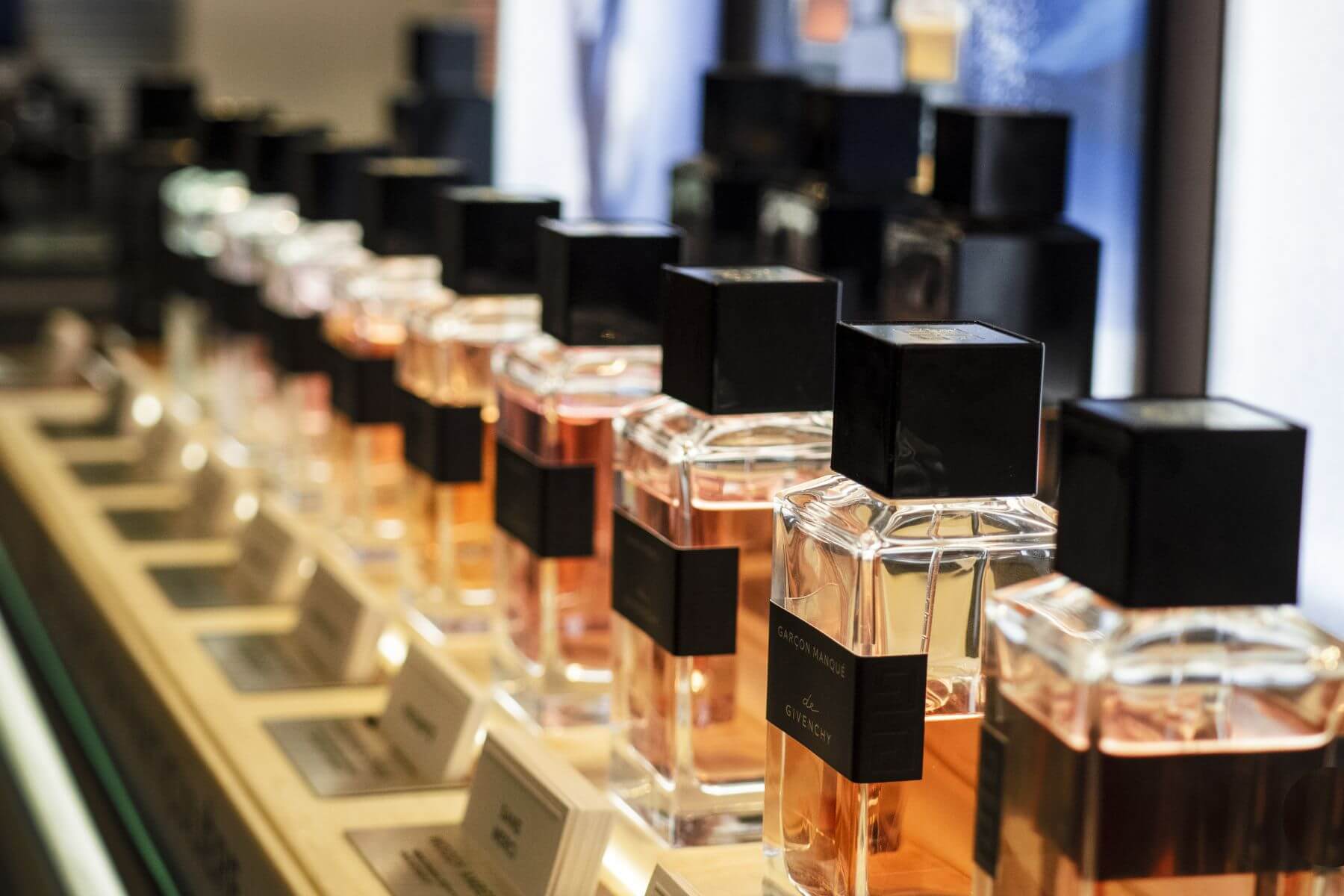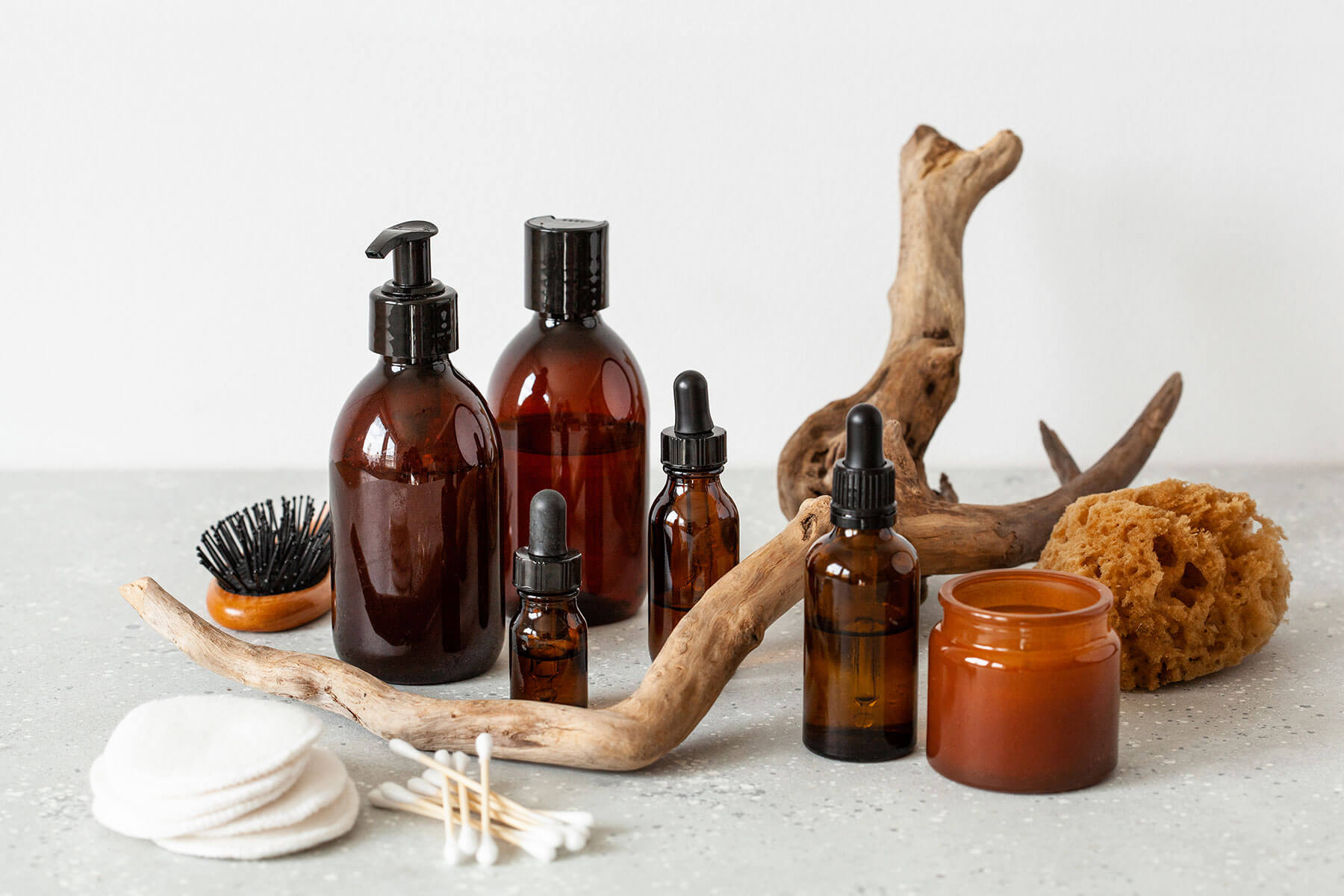There are so many facets to strategising a beauty influencer marketing campaign. Not only do you need to choose the perfect talent, but it’s vital to ensure your chosen media type resonates, too.
But, with so many networks to choose from, how can you plan your marketing outreach effectively? Here, we reveal four steps to ensuring you’re prioritising the right platform for your brand…
1. Select Your Influencer First
We’re often asked what should come first: your platform choice or your influencer selection? At MMI, we recommend finding the right influencer, then identifying which platforms resonate with their audience. The talent you work with has a big impact on the overall performance of your campaign, and strategic selection is key for amplifying social media success.
What you’re looking for is a content style, audience demographic and interests that align with your brand’s goals – as well as reach and follower counts that match or exceed your KPIs. Checking all of these details is nigh on impossible when carried out manually, but the right tool will help you discover the perfect talent quickly and easily.
For example, our new service, influencerCONNECT, allows you to explore a wide array of both beauty and non-beauty influencers. You can add search filters based on interests, location, audience demographic and more. Vital metrics, such as engagement rate, are also immediately visible. This means you can validate selections before reaching out within the same platform.
2. Use Data to Decide on Media Type
Once you’ve chosen an influencer to align with your brand identity, analyse their performance to figure out where their audience is most engaged. This doesn’t mean merely looking at their follower counts – although this is important – but also observing their average reach, impressions and engagement rates from one social network to the next. Make sure you’re benchmarking this data against each platform’s average figures. This helps you understand where the influencer’s content might resonate the most.
3. Look at Where Your Competitors Are
It’s also a good idea to look at the platforms your competitors are focusing on. If they’re channeling their efforts into TikTok, it might be because they’re seeing high engagement on their brand partners’ videos. Then ask yourself: do you want to use their success as a guideline for choosing your own media type? Or does their elevated presence mean you want to look at other platforms, where you may have a bigger cut-through? Answering this key question depends on what your objectives are. However, we believe there’s no such thing as a crowded network; there’s room for everyone to succeed.
4. Understand the 3 Most Popular Platforms
According to Influencer Marketing Hub’s 2020 Influencer Marketing Outlook report, the top three social media platforms are Instagram, YouTube and TikTok (in that order). Each one is entirely different, both in terms of content and the type of audience you reach. It’s vital to understand what makes them unique before you land on your chosen platform.
Arguably the most beauty-focused of the three, Instagram has longevity on its side, resulting in more than one billion users and over 500,000 influencers to work with. They fearlessly fend off competitors with new features that rival other platforms’ offerings. Case in point: they introduced Stories to trump Snapchat, and Reels to take on TikTok.
This growing array of features also means you can be more creative with your influencer campaigns. As well as grid posts, they can snap swipe-up Stories (with trackable links) and film longer IGTV videos. Typically, Instagram is quite restrictive on the data they will offer, but services like Influencer Connect and MMI Media give you access to the insights you need.
YouTube
Some of the earliest influencer success stories were borne from YouTube. It became a veritable hotbed for beauty tutorials, reviews and ‘get ready with me’ videos. In the cosmetics department it saw a small decline from 2019 to 2020, but skincare coverage is still rising with a 33% year on year increase.
The average YouTube video length is 11.7 minutes long, meaning users have come to expect more long-form content on the platform. Keep this in mind when commissioning influencers to create YouTube videos. Is there enough to say about your campaign, or will more ‘snackable’ content create a greater impact?
TikTok
It’s the newcomer that everyone is talking about. Brave beauty brands are just getting to know TikTok, and so far, there have been some game-changing results on the platform. Though it wasn’t paid for, The Ordinary reported a spike in sales of over 52,000 units of its AHA 30% + BHA 2% Peeling Solution in just two weeks – all from the serum going viral on the network.
Meanwhile, many other brands are still considering how to approach TikTok, which prides itself on being less commercially focused than other platforms. Influencer Connect can help you navigate this new territory with data to back up your strategies, so you can work with brand partners in a way that feels natural and authentic.
Up next: how much should you really invest in influencer marketing for a strong return?




